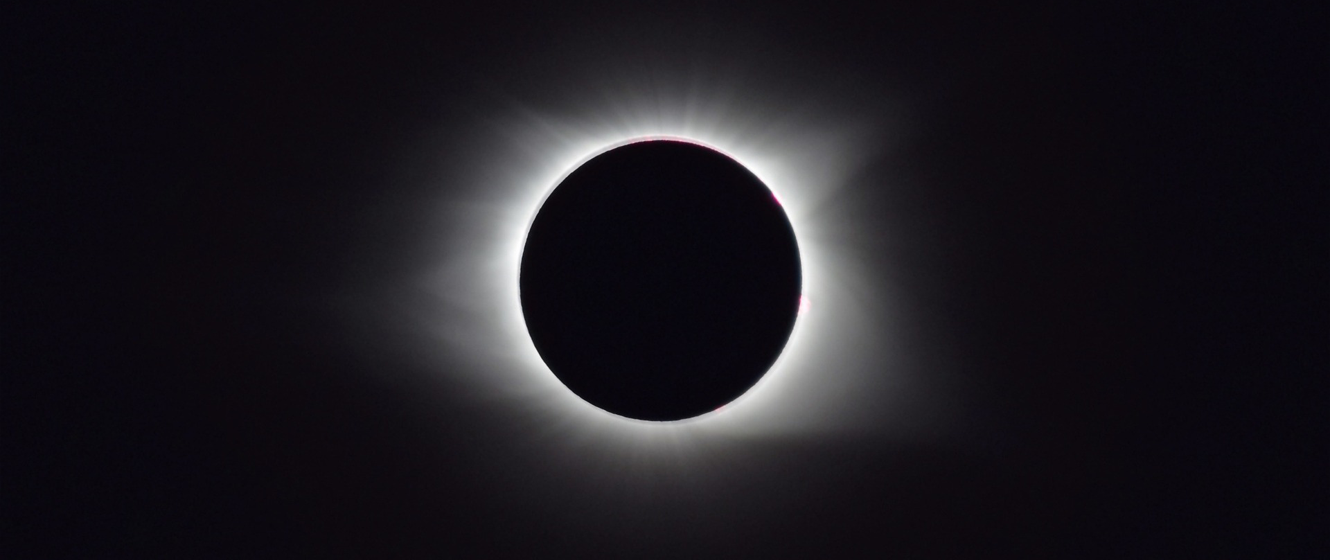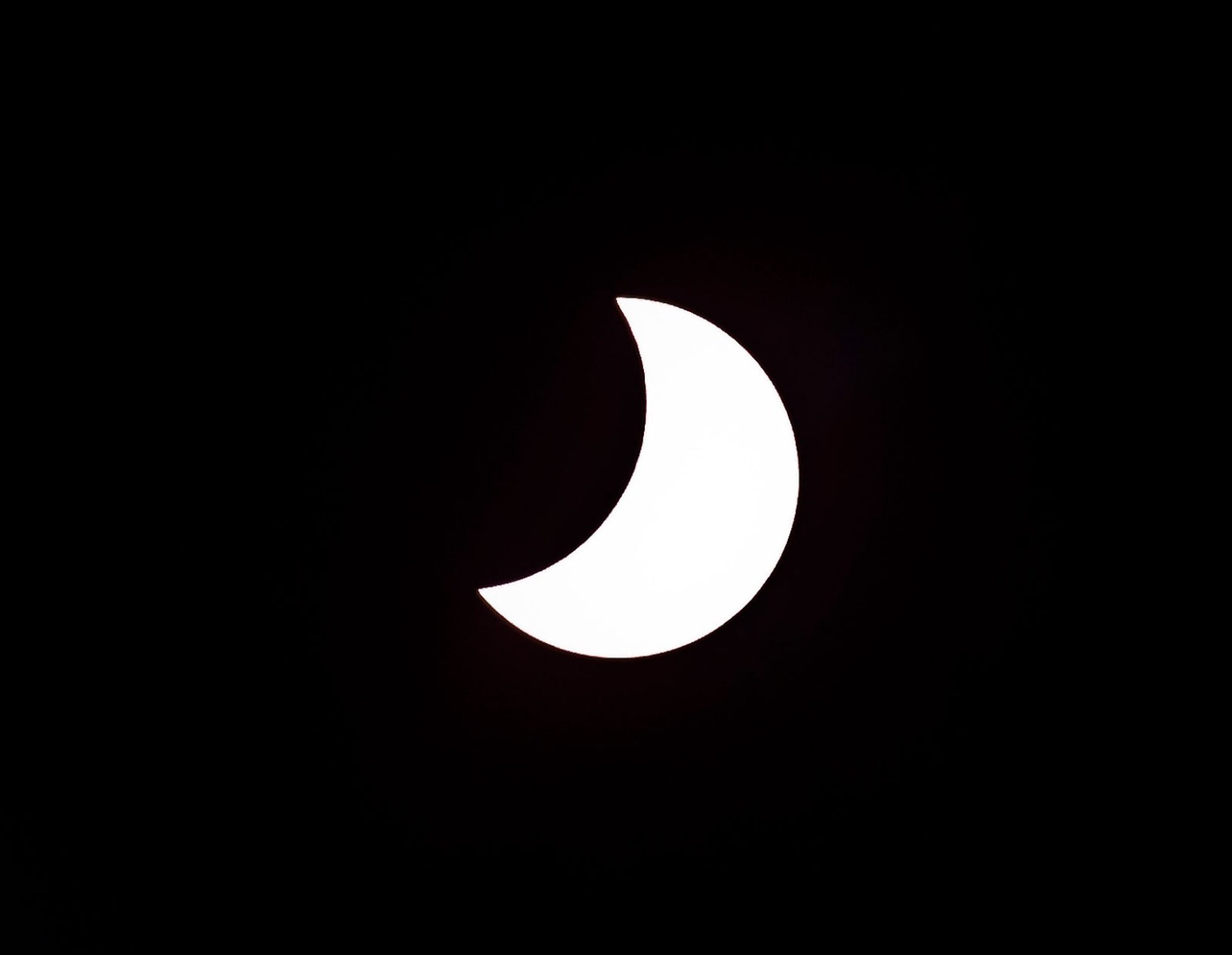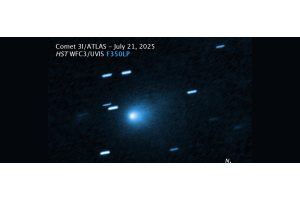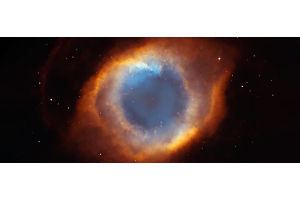
Without a doubt, solar eclipses are the single most anticipated celestial events. The rare alignment of the Sun, Moon, and Earth creates breathtaking displays of cosmic beauty, casting a shadow over vast regions of our planet. Among the various types of solar eclipses, annular and total eclipses hold a particular fascination for both astronomers and the general public. However, it’s rare to be within the path of totality, and many solar eclipses can only be seen in the middle of the Pacific Ocean, or other hard-to-reach places worldwide.
For readers in North America, there will be several solar eclipses visible over the course of the next 25-30 years that you can look forward to. From 2023 to 2050, we’ve taken the time to write up a selection of the best eclipses visible over the United States that stand out as some of the most highly anticipated events in the astronomical calendar. These eclipses will offer unforgettable moments of natural grandeur, weaving together scientific significance, cultural intrigue, and a sense of wonderment for you and your family that only the celestial dance between the Sun and the Moon can evoke.
It’s important to note that, while this article covers some of the best eclipses visible over North America over the next century, solar eclipses occur almost once a year across the world. So if you’re looking to travel, researching when these eclipses will occur and where they will be visible is something you may wish to look into. Additionally, this article omits some eclipses that may only be visible shortly before or after sunrise/set, or otherwise difficult to see over North America.
2024 Total Eclipse - The Great North American Eclipse
The next highly anticipated solar eclipse visible over the United States will be what some are calling the “Great North American Solar Eclipse”. This is because this eclipse will easily be one of the most accessible on this list for those in North America. Additionally, this solar eclipse - clocking in at 4 minutes at 28 seconds at peak - will be nearly twice as long as the 2017 event.
The eclipse will commence its journey in Mexico, making it particularly accessible for those residing in North America. As the moon's shadow sweeps across the sky, it will first pass over cities such as Mazatlán, Gomez Palacio, Durango, Matamoros, and various other locations in Mexico. The inhabitants of these regions will have a front-row seat to the celestial spectacle.
Continuing its journey, the path of totality will then venture directly over the heartland of the United States. The border region between Texas and Mexico, not far from Waco, Texas, will experience the shadow's passage. As the eclipse progresses northward, it will traverse through populous cities such as San Antonio and Dallas.
One distinctive feature of this eclipse, distinguishing it from the 2017 event, is its extended path into the northeastern region of the United States. The path of totality will extend further, reaching states such as Pennsylvania, New York, Vermont, and Maine. The inhabitants of these areas, who may have missed out on the previous eclipse, will now have a chance to experience the sheer wonder of a total solar eclipse.
But the excitement doesn't end there. The eclipse extends its influence beyond the borders of the United States, offering a glimpse of its grandeur to parts of Canada as well. Canadians in Southern Ontario, Quebec, and New Brunswick will have the opportunity to be part of this celestial theater, adding to the overall significance of this cross-continental event. Make no mistake, if you’re looking to see a solar eclipse, this is the one to try to see!
Partial Eclipse of 2029 - A “Deep” Partial Eclipse
A “deep partial” solar eclipse will be visible over the United States on January 14, 2029. While not an annular or a total solar eclipse, a partial eclipse still offers its own form of excitement. While there will be no ring of fire or corona in the sky, viewers with eclipse glasses will see the Sun in the sky with a significant amount blocked out by the Moon.
This partial eclipse will be best visible to those who live in states such as Montana, North Dakota, Wisconsin, or Michigan, where over 70% of the Sun will be blocked out by the Moon. The sky will appear noticeably dimmer, shadows will appear sharper on the ground, and temperatures may begin to drop even further on this cold winter day. However, those in the southeastern US, such as Georgia, Texas, or Florida will see less than 50% of the Sun eclipsed by the Moon. That being said, seeing this eclipse is a good reason to hold on to your eclipse glasses from the 2024 solar eclipse!
Those who miss out on this eclipse have another opportunity to see a very slight partial solar eclipse on November 14, 2031. On this occasion, roughly 25% of the Sun will be blocked out that evening, primarily over Texas.

Total Eclipse of 2033 – A Frontier Eclipse with Aurora
For those looking to see a double whammy of the Northern Lights and a Solar Eclipse, you may wish to consider traveling to see the Total Eclipse of 2033 visible over portions of Alaska. Generally speaking, March offers some of the best timing to see the northern lights at night close to the Spring Equinox.
Should the weather cooperate, you will likely see the northern lights dancing over your heads the nights before the eclipse. Then, on March 30, 2033, a total solar eclipse will be visible over portions of Alaska. However, be advised that this eclipse may be difficult to access. It will primarily be visible over the Northwest Arctic Borough - known for its difficult conditions in the winter. The largest city visible for this eclipse is Kotzebue, a community with about 3,000 people. Alaska is also known for its unpredictable weather and thick cloud layers, making viewing this eclipse even more challenging.
However, for those not wanting to risk dealing with the Alaskan winter, you can enjoy a partial solar eclipse of about 60% visible in the Northwestern United States over states like Washington, Oregon, Montana, and Idaho.
Similarly, an annular solar eclipse will be visible over Alaska six years later on June 21, 2039. This annular eclipse will be a little bit more accessible than the one in 2033 and will occur at a much warmer time of year for Alaska. Cities like Anchorage and Fairbanks will get to see more of this eclipse than the 2033 event.
2045 Total Eclipse - A Tropical Vacation
While some eclipses may be visible over the more extreme corners of North America in the decades between the 2020s and 2040s, the next “high visibility” total solar eclipse will not occur until August 12, 2045 – 21 years after the 2024 solar eclipse. Here the solar eclipse will peak over the southeastern United States and the Bahamas, offering a chance for cities like Orlando, Tampa, and Miami an opportunity to see a Total Solar Eclipse!
Following a path similar to the eclipses of August 2017 and October 2023, this eclipse will commence its celestial journey in the northern part of California, sweeping across the midwestern United States and over the Southeast. This total solar eclipse will be the longest one yet this century over North America – clocking in at 6 minutes, 6 seconds – just off the coast of Fort Lauderdale. Should the weather cooperate, Florida and the Bahamas will offer the best viewing conditions for this eclipse.

In the coming decades, these highly anticipated solar eclipses will grace the skies of North America. These celestial events offer unforgettable sights, captivating both astronomers and the general public alike. From the annular eclipse of 2023, where the Sun transforms into a mesmerizing "ring of fire," to the total eclipse of 2024, known as the "Great North American Eclipse," which will be accessible to many in North America and extend its path into northeastern states, these eclipses offer both scientific significance and a sense of wonder for observers, weaving together the beauty of cosmic alignment with the awe-inspiring natural phenomena that accompany these celestial spectacles.

Learn More
Interested in learning more about the upcoming solar eclipses visible over the United States? Not sure where to begin? Check out our Astronomy Hub!
This Article was Last Updated on 10/16/2023











